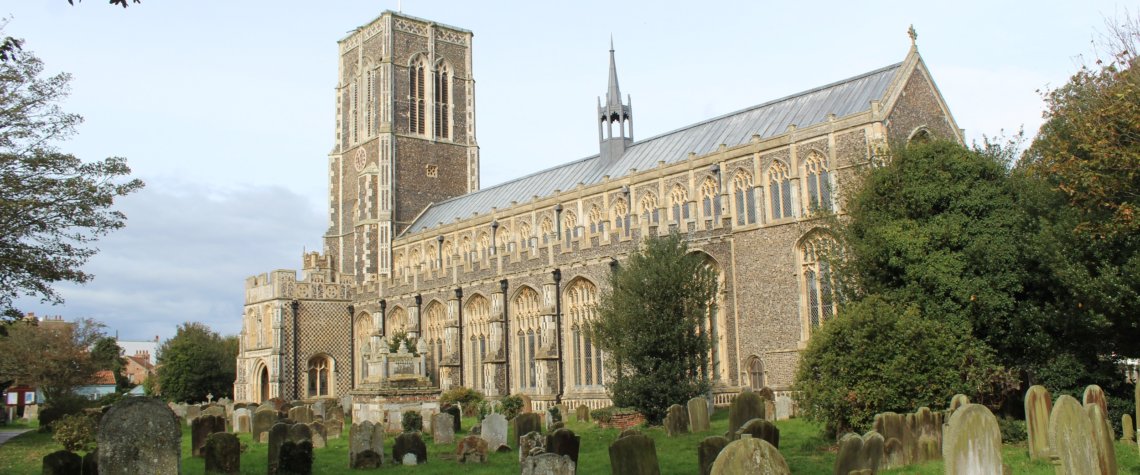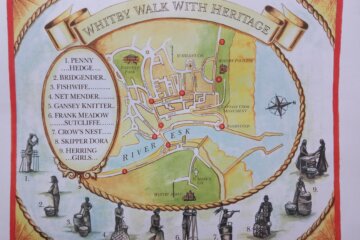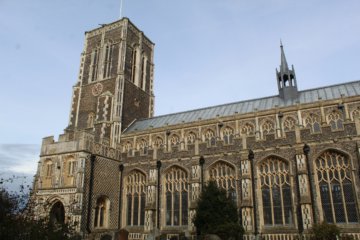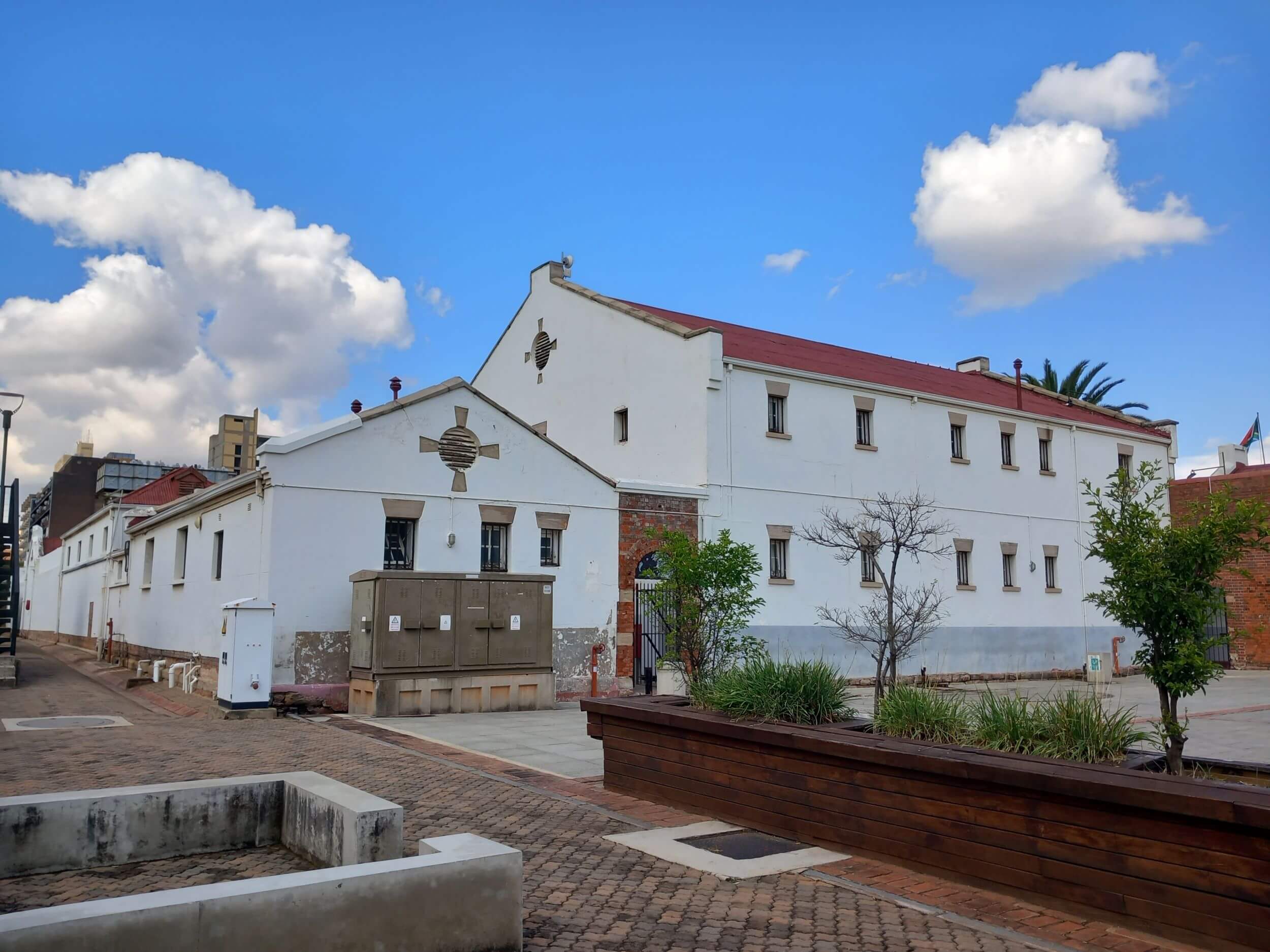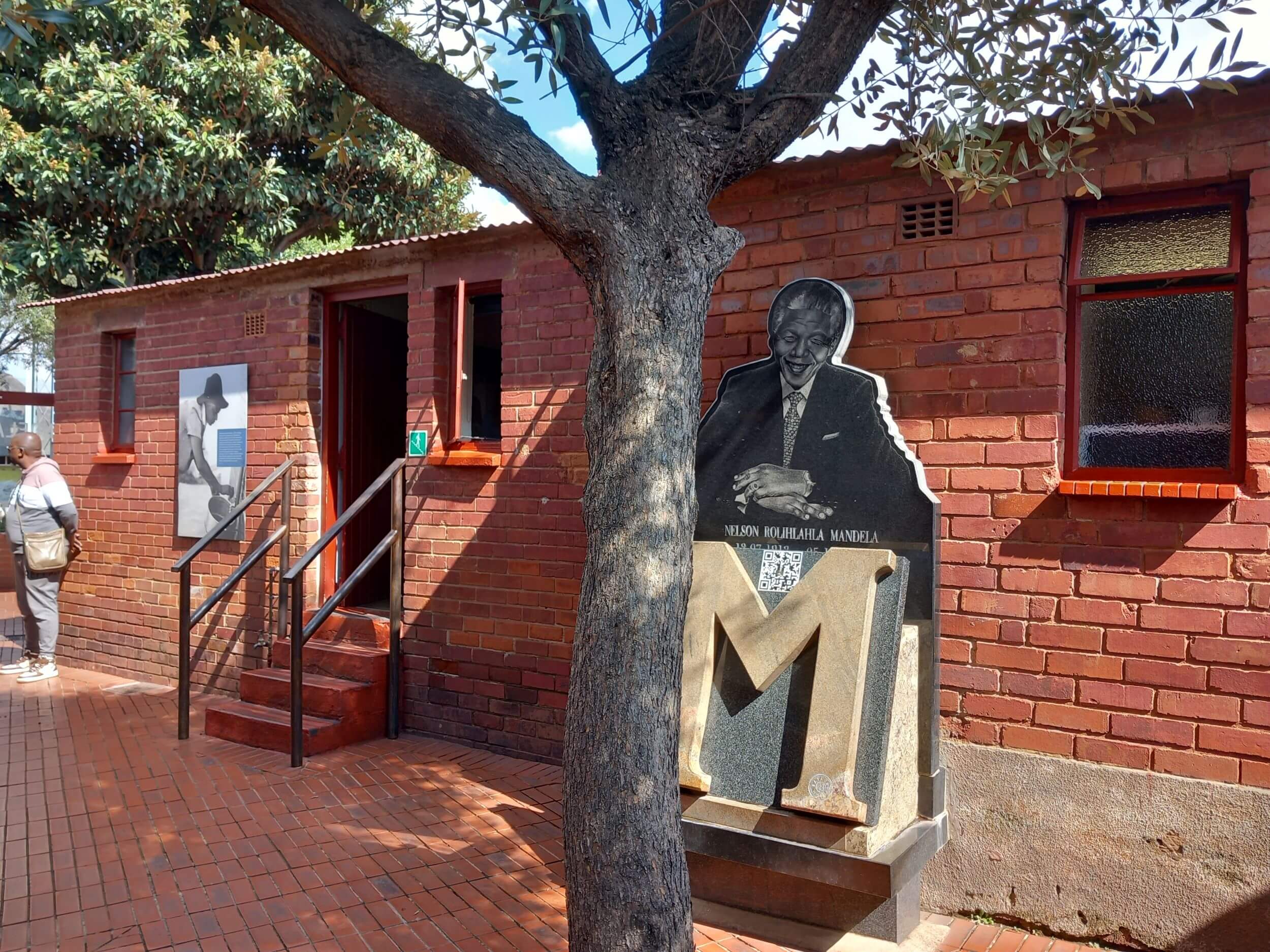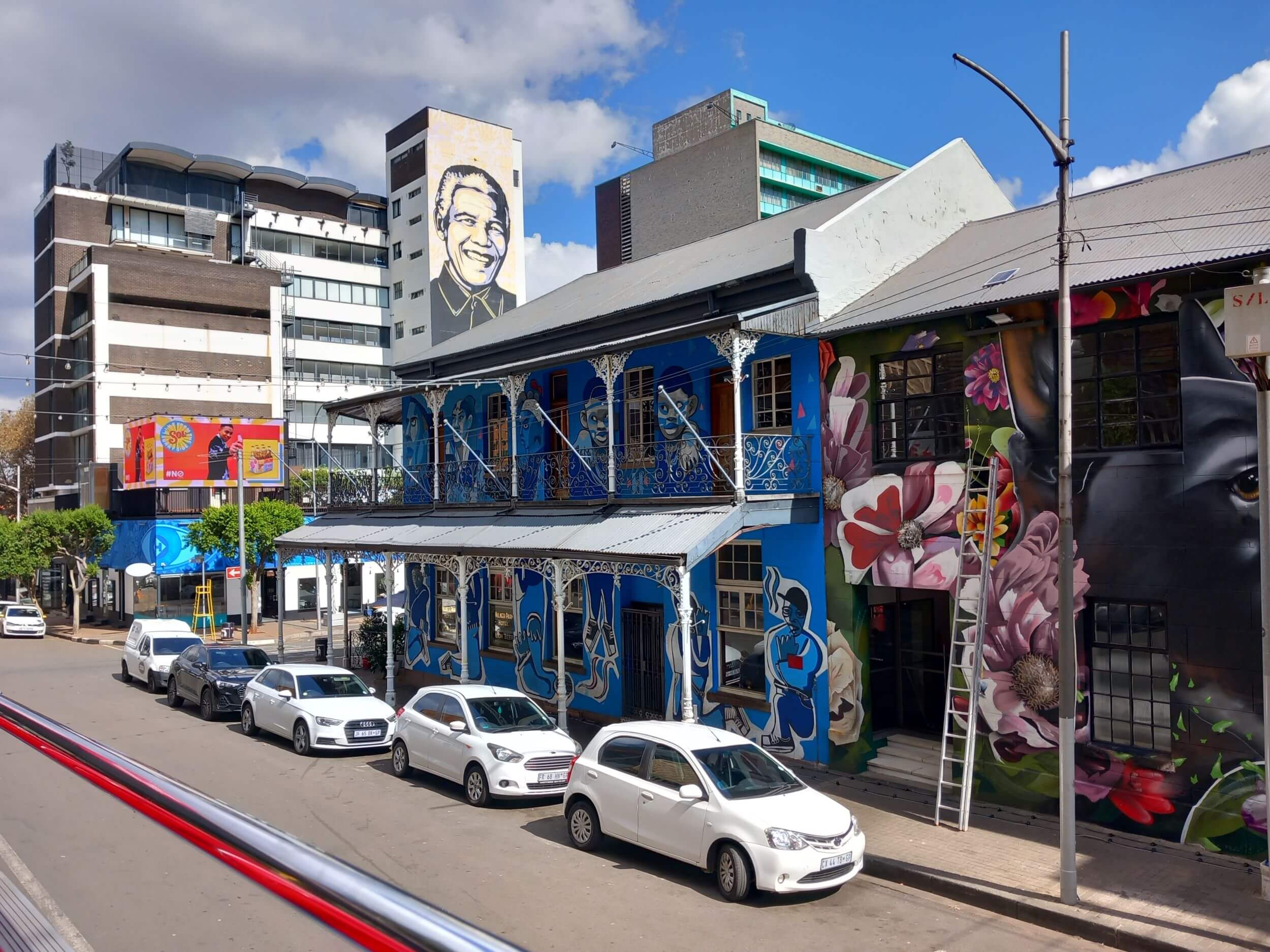I am not a particularly religious person, although I was brought up in a church-going family. Indeed, my paternal grandfather and both my parents served as churchwardens at various times. I am, however, passionate about the churches of England. I’m talking about the physical buildings, rather than the institution that is the Church of England!
This article introduces the subject of English churches – their different architectural styles through the ages and their role in society.
In the future, I’ll be publishing a series of posts about individual English churches.
In this article
Why Write About English Churches?
I love to visit churches. In fact, I can’t pass one by without going in. If it’s locked, I’ll happily wander around the graveyard for an hour or two, reading inscriptions and taking photos of the church’s exterior. If I’m lucky enough to find an open church, I’ll creep in (preferably through a large, heavy oak door with a huge round metal handle!) and spend time studying any works of art or (my favourite) stained glass windows. I might find a pew and sit for a while, not praying you understand, but thinking and absorbing the atmosphere.
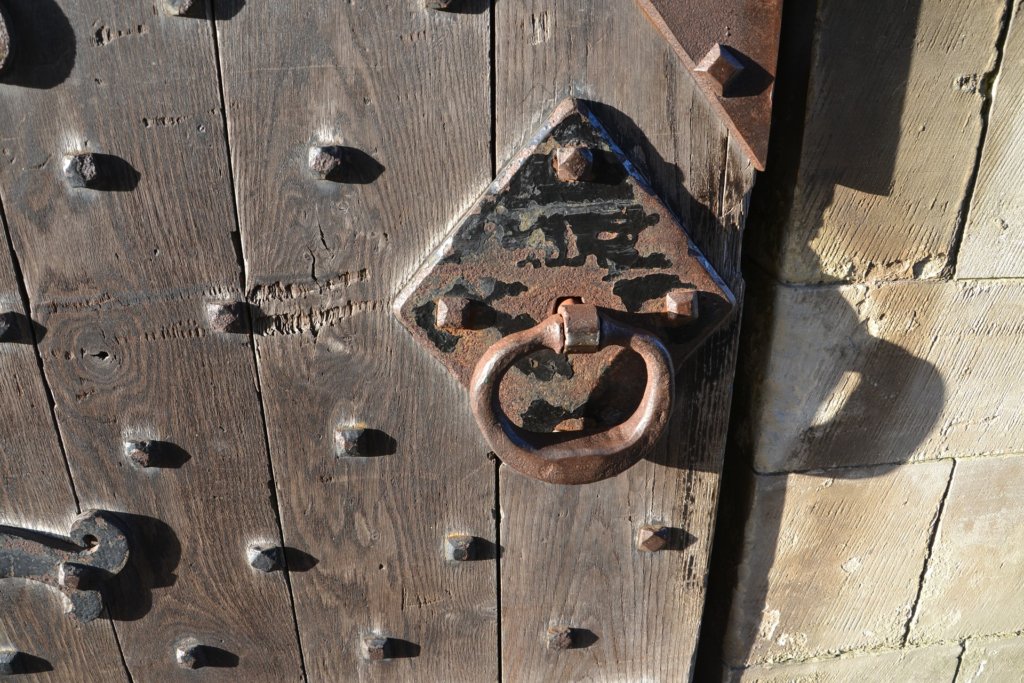
I see real beauty in the fabric of the buildings. I love the sound of church bells. I am fascinated by the insights into local, national and family history which churches give us. Just imagine how many life-changing events have taken place within their walls. How many christenings, marriages, and funerals? I find peace in the familiar musty smell of an old church. It’s not important whether it’s a humble parish church or a grand cathedral – the feelings are the same.
I have to say, Mark does not share my love of English churches! Like his Dad before him, he will wait in a local pub while I indulge this particular passion!
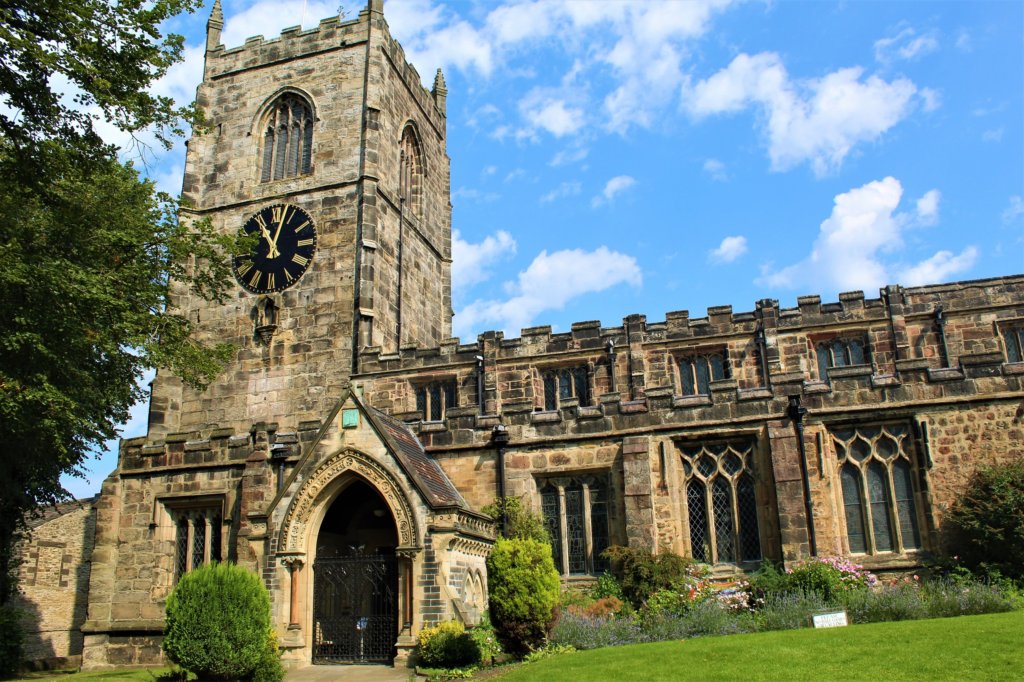
The History of English Churches
Thanks to explorechurches.org and buildinghistory.org for much of the following information.
You could argue that all architecture has its origins in religion. The oldest man-made structures are generally believed to be holy places or burial sites. Hunter-gatherers erected large standing stones as places of worship, even though they had no permanent dwellings. When humans built their first family houses, they built even more substantial homes for their gods.
With the coming of Christianity and the building of permanent churches, the same pattern applied. The impressive medieval English churches we see today were originally surrounded by crude wood and thatch buildings where the parishioners lived.
Most ancient parish churches in England today have undergone a series of redevelopments through the centuries, to take account of new architectural styles, growing congregations and necessary repairs. We can often estimate the evolution of old churches from the style of their arches, doorways and windows.
Many English churches claim to be the oldest surviving parish church in the country, but it is usually thought that the earliest examples date from around 590AD. These include Stow Minster here in Lincolnshire and St. Martin’s church in Canterbury.
Manorial Lords
In the early days, a parish church was often built by the lord of the manor, who would generally site it close to his house. The lord had the right to choose the rector. As time went by and the lords acquired more wealth, churches were rebuilt, enlarged, and embellished to reflect this. From the 12th century, when heraldry developed, this work could be marked with the lord’s coat of arms. Today, these decorations can help us with dating a church. Many manorial records still survive, too.
Main Architectural Styles of English Churches
Saxon – 597-1066
- semicircular arches over doors and windows
- tall narrow doorways
- windows have small external openings but are deeply splayed through to the inside
- walls are no more than 90cm thick
- herringbone-style stonework can be found in the late Saxon/early Norman period
A brief introduction to Anglo-Saxon church architecture from Yorkshire’s Hidden History YouTube Channel. The channel is run by young Yorkshire woman, Catherine Warr. If you don’t know her work, make sure you check it out soon! Click here to go directly to her website.
Norman – 1066-1200
- powerful and masculine
- semicircular arches
- deeply recessed doorways
- thick walls
- massive round pillars
- vaulted ceilings
- ornaments such as zigzag moulding and bird and animal forms
Another of Catherine’s videos:
Early English – 1200-1290
- unique style, not found anywhere else
- the first Gothic period
- rounded arches give way to lighter pointed arches in windows, doorways and arcades
Decorated – 1290-1350
- the second Gothic period
- large stained glass windows
- pointed arches
- ribbed vaults
- flying buttresses
- ornate decoration
Perpendicular – 1350-1530
- the third Gothic period
- vertical lines
- intricate shapes gave way to more regular and rectangular shapes
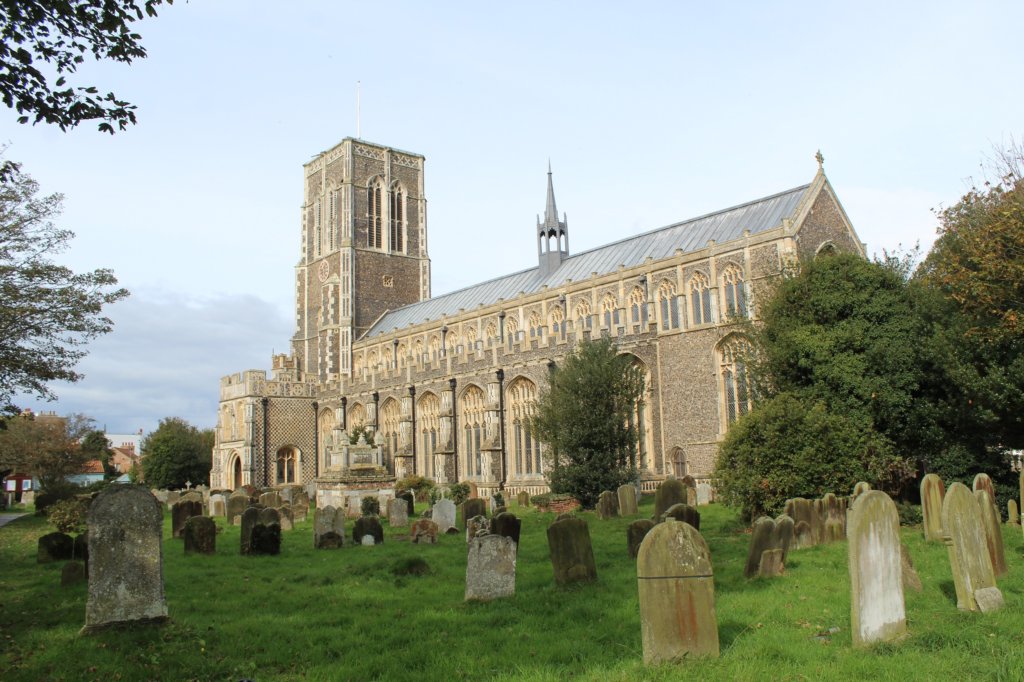
Catherine’s take on Gothic church architecture:
19th Century English Churches
The huge rise in population in 19th-century England generated an explosion of church building. By 1858, over 3,000 new churches had been built. Several hundred were funded by the public purse. Anxious to counter the rise of non-conformity, in 1818 the government allocated £1,000,000 towards the building and enlargement of Anglican churches throughout England and Wales.
Meanwhile, the Act of Toleration in 1829 made possible a wave of Roman Catholic church building. The style of choice for these churches was Gothic Revival.
Decline and Reuse
There was a massive decline in church attendance among the British in the latter decades of the 20th century. Meanwhile, evangelical Christianity and other faiths such as Islam arrived in force with Commonwealth immigrants. The result has been the closure of an increasing number of parish churches or their conversion to other uses. Some redundant urban churches have been converted into mosques or transferred from the Church of England to evangelical use. A variety of non-religious uses have also been found for disused urban and rural parish churches.
When I was in my late teens, a church in my local town was converted into a nightclub called Camelot’s. The DJ worked in the pulpit and the old pews were built into the bar. I went a few times with friends, but I never felt comfortable there. It was unheard of back in those days. I never told my Mum and Dad I’d been! Now, churches are converted into pubs, restaurants, clubs, and private homes in every town in England!
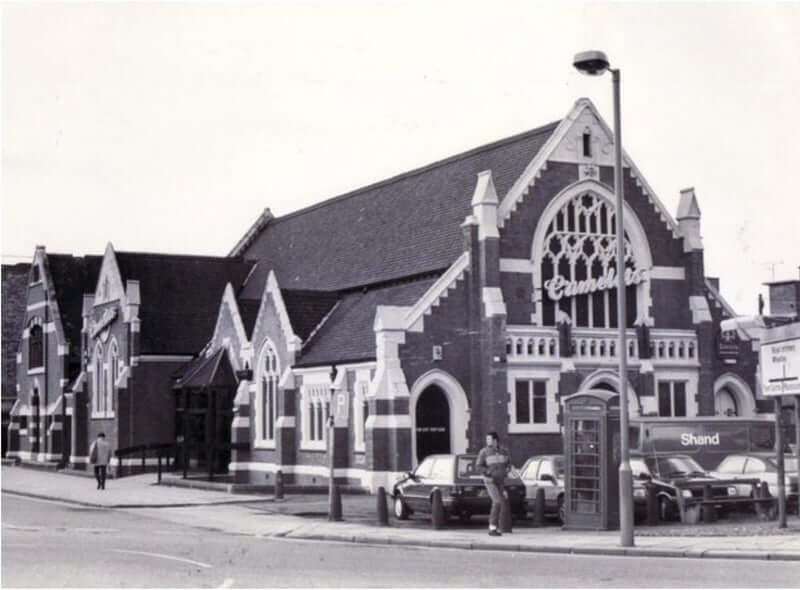
Examples of Beautiful English Churches
There are hundreds if not thousands of stunning English churches with fascinating histories. My aim is to bring you images and stories about some of them in the coming months. In the meantime, watch this video from englandexplore.com which showcases some lovely examples.
Church Bells
Another reason I love English churches is hearing the bells. Traditional bell-ringing is a dying art which means it’s even more special when I hear it.
Check out this video of a spectacular peel rung to celebrate the Diamond Jubilee of Queen Elizabeth II in 2012:
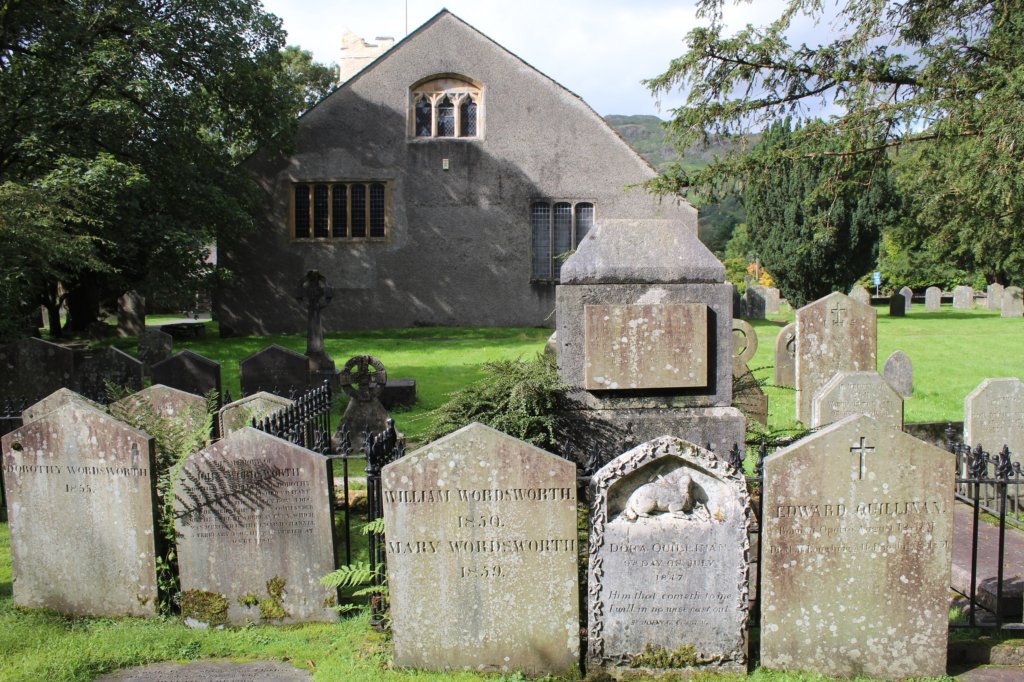
If you like what you’ve read, PIN IT!!
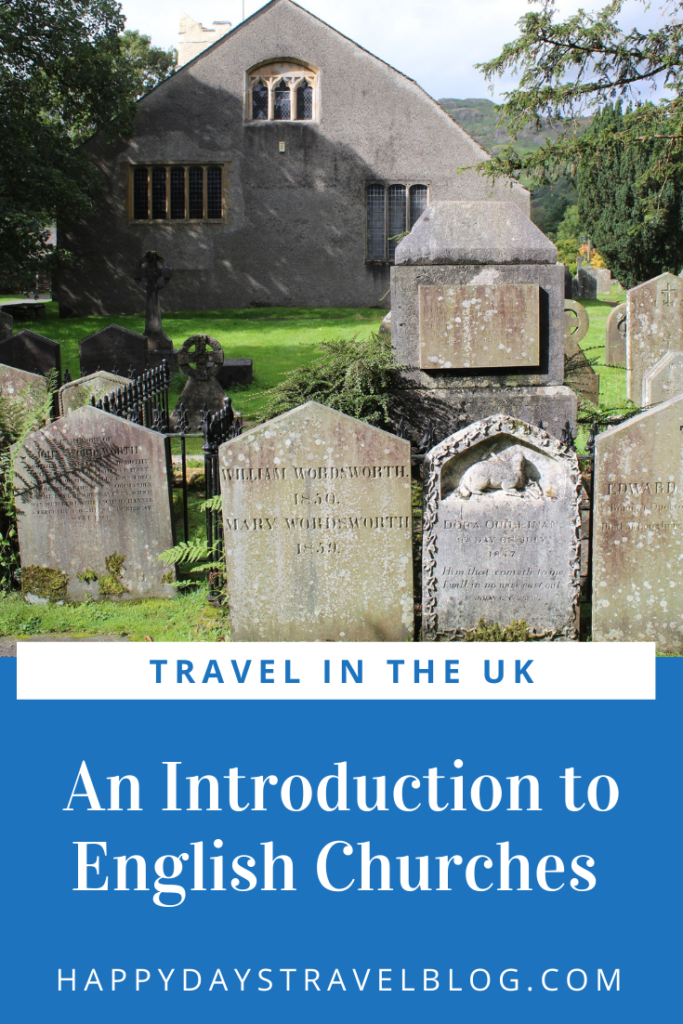
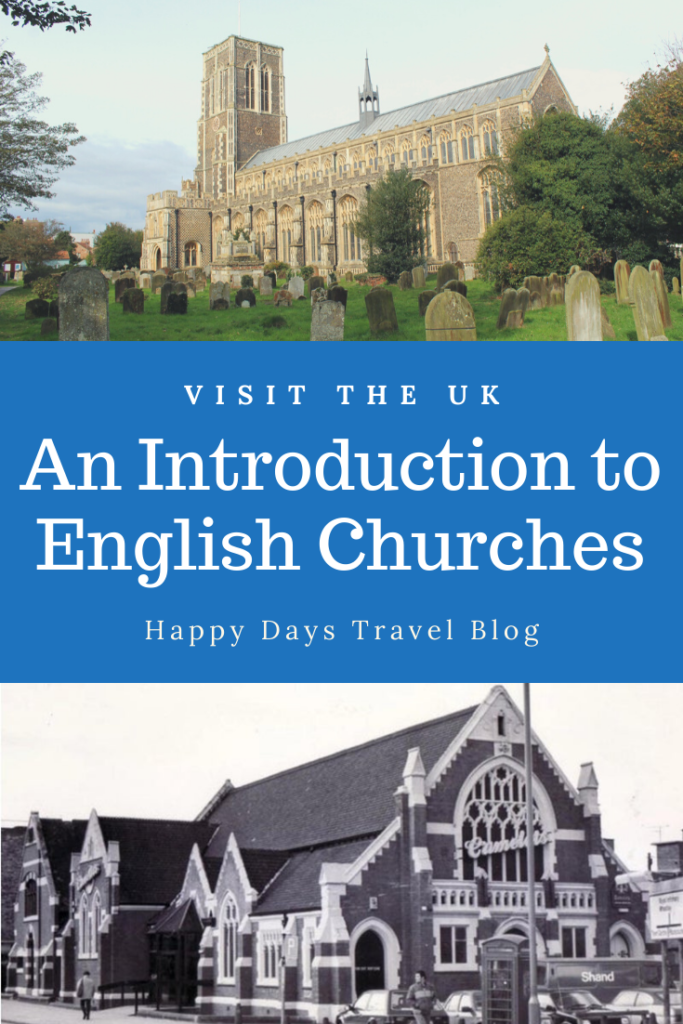
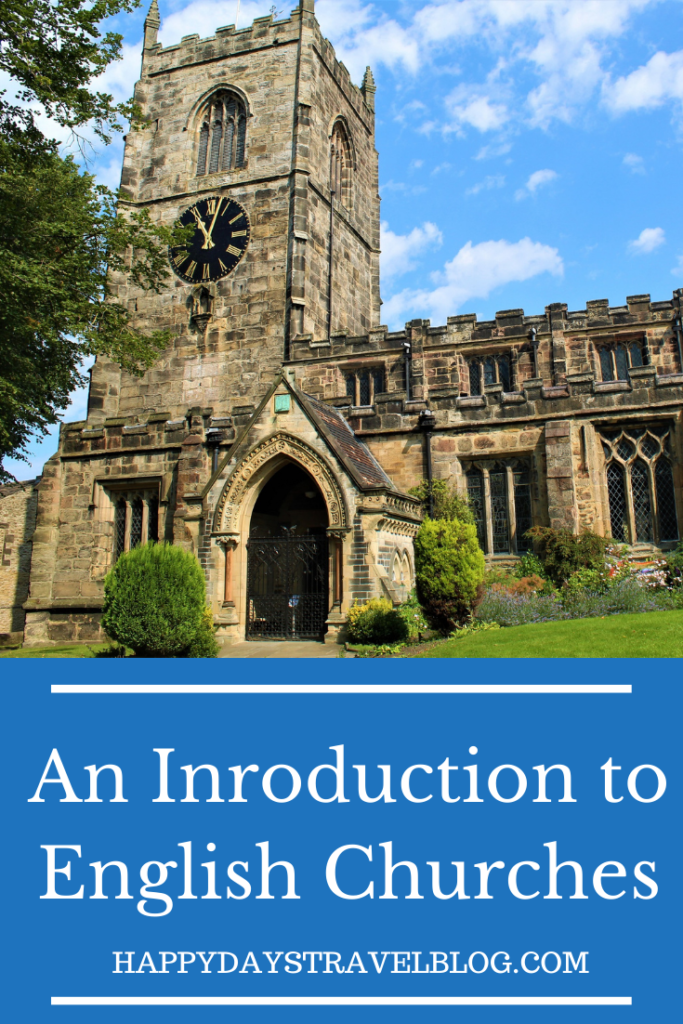
If you’re travelling soon, please use these links!
Are you travelling soon? Use these links when making your bookings. These are the companies we use. It won’t cost you any extra, but we will earn a few pennies to help keep Happy Days Travel Blog going. Thank you!!
- Book your travel insurance with World Nomads. If you are a digital nomad or long-term traveller, try the specialist provider SafetyWing. (Never leave home without protecting yourself, your trip and your belongings!)
- Book your flight with Skyscanner
- Book your accommodation with Booking.com
- Book a tour with Tour Radar
- Book city tours and activities with Viator or Get Your Guide
- Check out our Resource Page for more companies we recommend.
Disclosure: This post contains affiliate links. If you click through for more information, or to make a purchase, it may result in a small commission coming my way. Please note that there is no extra cost to you associated with this. Thank you so much for supporting my site.
Join our mailing list

Sign up to receive our monthly newsletter. Keep up with what we're doing and be the first to receive special offers and insider tips.

